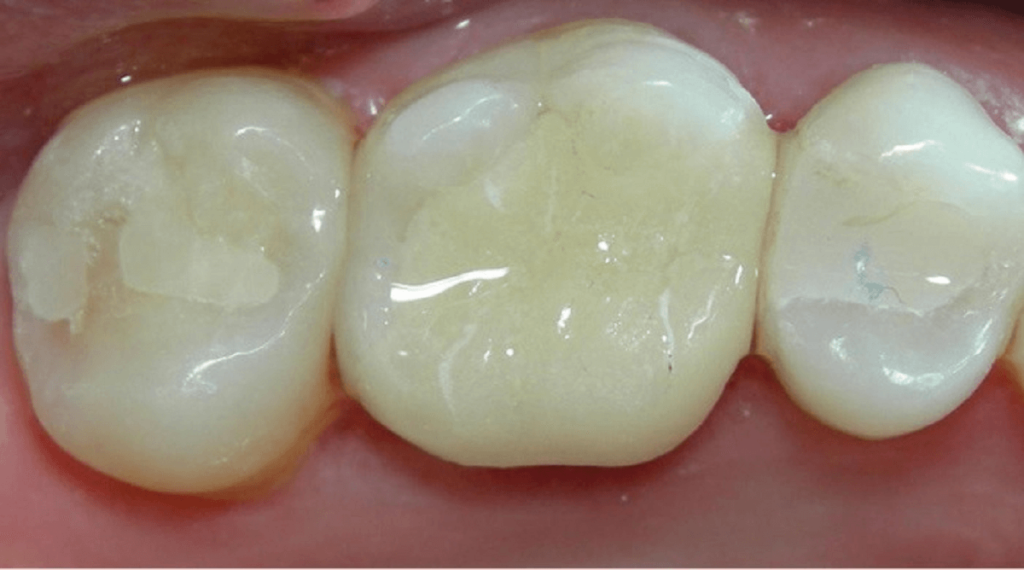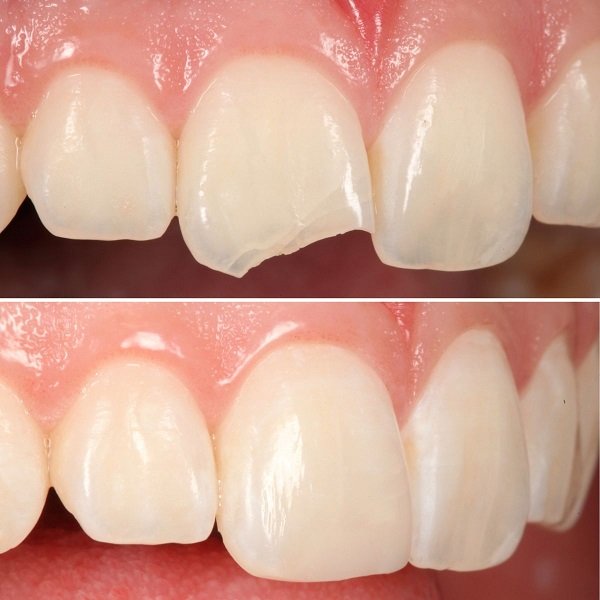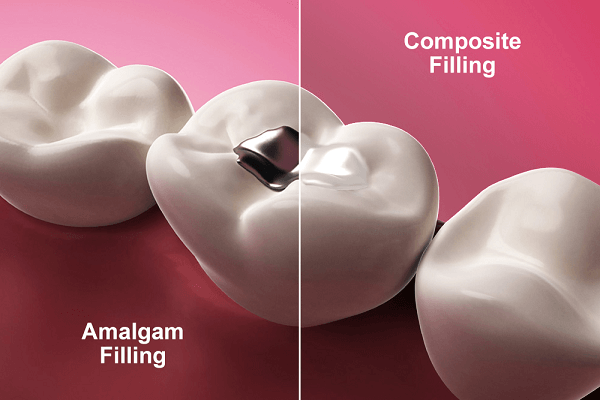Do you have tooth decay or tooth damage? Your dentist may suggest fillings to repair your teeth. In the case of dental fillings, you have a few materials to select from. One that is very popular among patients and dentists as well is composite fillings. These are tooth-colored fillings and provide a natural solution that fits well with your smile. In this guide, we’ll take you through all you need to know about composite fillings front teeth. We’ll discuss everything from what they are to how long they last.

What Are Composite Fillings?
Composite fillings are made from a mixture of plastic resin and fine glass particles that create a tooth-colored material. Unlike traditional silver amalgam fillings that stand out when you speak or laugh, composite fillings are designed to match the natural color of your teeth. They’re bonded directly to your tooth structure, which means less healthy tooth material needs to be removed during preparation.Composite fillings for front teeth also have an aesthetic benefit over older alternatives. They’re almost impossible to tell from natural teeth when they are well-matched.

Composite Fillings vs Other Fillings
Are you curious to know how composite fillings compare with other fillings? Let’s compare them:
Ceramic Fillings vs Gold
Gold fillings are very strong and will last more than 20 years, but composite fillings cost is significantly lower than gold. Gold fillings are also very noticeable, which can be a problem if you’re filling front teeth. Composite fillings, although not as long-lasting as gold, provide a natural look at a lower cost.
Ceramic Fillings vs Ceramic
Ceramic fillings (also referred to as porcelain) are resistant to stains and blend well with your tooth color. They’re, however, more costly than composite and could wear down the opposing teeth over time. Composite fillings are cheaper and can be done in one visit, unlike ceramic fillings that normally take two visits.
Ceramic Fillings vs Amalgam
Composite fillings vs amalgam is a common comparison patients need to understand. Amalgam (silver) fillings have been around more than 150 years and are both strong and inexpensive. However, they contain mercury. Composite fillings have no mercury, but they do not last as long as amalgam.

Ceramic Fillings vs Glass Ionomer
Glass ionomer fillings discharge fluoride, which can prevent decay. They are frequently utilized on fillings that are below the gum line or for primary teeth. However, composite fillings are tougher and more attractive. They are ideal for visible teeth and chewing surfaces.
Benefits Of Composite Fillings
- They blend with your tooth color, so they are nearly invisible.
- Composite fillings are minimally invasive, which means they preserve your natural tooth structure.
- They give extra support to the tooth by directly attaching to your tooth.
- They have no mercury and are metal-free.
- They can be repaired if broken, unlike certain other types of fillings.
- They set instantly, which means you can eat immediately after dental treatment.
- Composite fillings fill cavities, and can repair chipped or worn teeth.
The Procedure Of Composite Fillings
Getting composite fillings is a straightforward process that usually takes just one appointment. Here’s what to expect:
- First, your dentist will anesthetize the area with a local anesthetic so you won’t feel anything. Then, they’ll take out the decayed part of your tooth with a drill or laser. Unlike with amalgam fillings, they won’t have to make undercuts or special shapes in your tooth because composite material bonds directly to the tooth surface.
- Then, your dentist will select a composite shade that best matches your natural tooth color. They will apply the composite in layers, curing each layer with a special light before adding the next one. This layering process ensures the filling’s strength and durability.
Finally, your dentist will polish and shape the filling to ensure it feels comfortable and is in the proper position in your bite. And voila! You’re finished! You can eat normally immediately after the procedure, although you may feel a little sensitivity for a few days.

How Long Do Composite Fillings Last?
Although they are not the strongest available, composite fillings should last 5 to 10 years if taken care of properly. How long they last varies on a few different factors:
- Where it is placed (fillings on back teeth bear more pressure)
- How large the filling is (larger fillings wear out sooner)
- Your dental hygiene routine
- Whether you grind or clench your teeth
- Your diet (especially if you eat a lot of hard or sticky foods)
Regular dental check-ups enable your dentist to keep an eye on your fillings and treat any problems before they become serious issues.
Aftercare Of Composite Fillings
Caring for your composite fillings is not difficult. It’s really the same as caring for your own teeth. Just use these easy tips:
- Brush with fluoride toothpaste twice a day and floss once daily to prevent additional decay around your fillings.
- Reduce sugary and acidic foods and beverages that lead to tooth decay.
- If you clench or grind your teeth during the night, talk to your dentist about having a night guard put on to cover your natural teeth as well as your fillings.
- Don’t chew on ice, pens, or other hard things that can wear down your fillings.
- Don’t forget to have regular dental check-ups every six months so your dentist can monitor your fillings and detect any problems early.
FAQ’s About Composite Fillings
Are composite fillings toxic?
No, composite fillings are not toxic. They do not include mercury or other metals like amalgam fillings, which could be of concern to certain patients. Composite fillings utilize materials that are biocompatible and safe for most individuals.
Can composite fillings be removed?
Yes, composite fillings can be taken out if needed. If you need a replacement because your tooth has worn down or you’d prefer to change to something else, your dentist can remove composite fillings without causing too much harm to your tooth structure.
How long do composite fillings last?
Composite fillings usually last 10-15 years, but some last longer with superb care. Periodic dental check-ups will monitor their status and indicate when replacement becomes advisable.
What color are composite fillings?
Composite fillings are available in many different shades to blend in with your natural tooth color. Your dentist will choose the shade that most closely resembles your teeth to create a filling that naturally blends with your smile.
Are composite fillings better than amalgam?
It is up to your priorities. Composite fillings cost is less and they are more aesthetic. But amalgam fillings are more resistant and cheaper. Your dentist will advise you on what is best for your particular case.
Final Thoughts
Selecting the most appropriate dental filling is a crucial decision for your smile and confidence. Composite fillings provide a superior combination of beauty, functionality, and cost-effectiveness for many patients. Though they don’t last as long as some others, their aesthetic appearance and less invasive nature contribute to their widespread popularity, particularly for front teeth. Aidite stands at the forefront of dental innovation, creating high-quality products used by dental professionals worldwide. From advanced ceramics to cutting-edge digital dentistry tools, Aidite helps dental practices deliver exceptional results.



